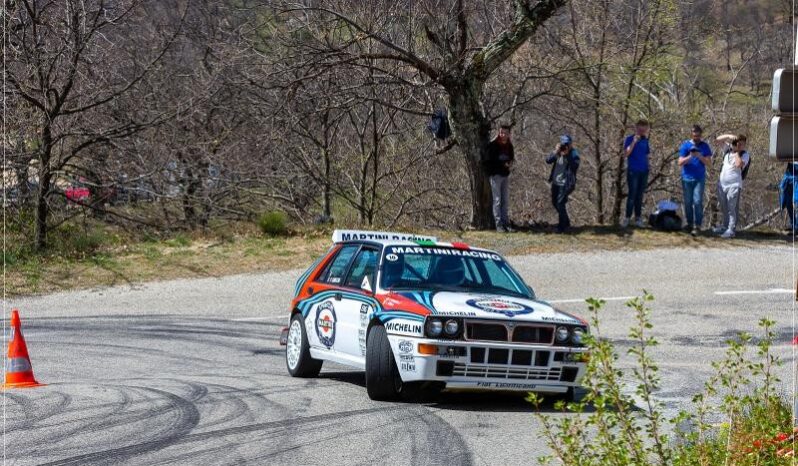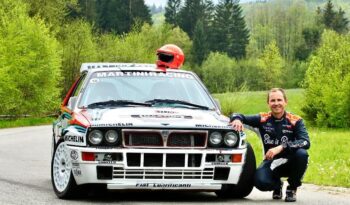1991 Lancia Delta Group A
1991 Lancia Delta Group A
Interior: Rallye with full cage
Date: 10/21/1991
VIN: ZLA831AB000552058
Amazing car, this Lancia Delta is the real deal. Group A vehicle with history and documents.
Additional photos and details upon request. The vehicle is in our showroom in France and can be inspected anytime.
To see the car, let us know and we will call our team to schedule a date and time.
LEARN MORE
Contact us (561) 568-5906
Our showroom in Palm Beach, FL can be visited open from 09:00 to 17:00 from Monday to Friday, but by appointment only.
We are proud to offer this vehicle on consignment with us. – To make an appointment, please contact our office to schedule a time so we can make the car available.
Palm Beach Classics can assist with shipping around the world.
In addition to meticulously restoring and selling classic Mercedes-Benz vehicles, Palm Beach Classics offers vintage parts.
| Mileage | 99,999 |
| Fuel | Gasoline |
| Transmission | Manual |
| Drive | RWD |
| Make | Lancia |












